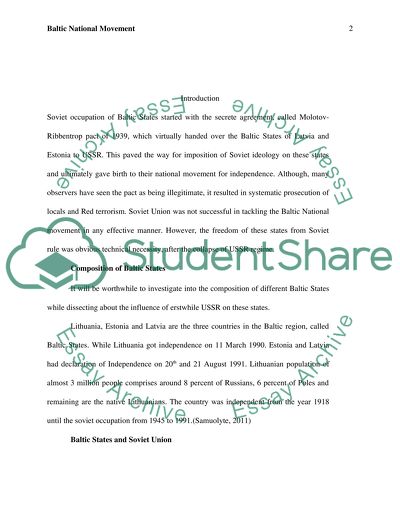Cite this document
(“How successfully were the Soviet authorities able to contain Baltic Essay”, n.d.)
How successfully were the Soviet authorities able to contain Baltic Essay. Retrieved from https://studentshare.org/social-science/1683082-how-successfully-were-the-soviet-authorities-able-to-contain-baltic-nationalism-from-1945-1991
How successfully were the Soviet authorities able to contain Baltic Essay. Retrieved from https://studentshare.org/social-science/1683082-how-successfully-were-the-soviet-authorities-able-to-contain-baltic-nationalism-from-1945-1991
(How Successfully Were the Soviet Authorities Able to Contain Baltic Essay)
How Successfully Were the Soviet Authorities Able to Contain Baltic Essay. https://studentshare.org/social-science/1683082-how-successfully-were-the-soviet-authorities-able-to-contain-baltic-nationalism-from-1945-1991.
How Successfully Were the Soviet Authorities Able to Contain Baltic Essay. https://studentshare.org/social-science/1683082-how-successfully-were-the-soviet-authorities-able-to-contain-baltic-nationalism-from-1945-1991.
“How Successfully Were the Soviet Authorities Able to Contain Baltic Essay”, n.d. https://studentshare.org/social-science/1683082-how-successfully-were-the-soviet-authorities-able-to-contain-baltic-nationalism-from-1945-1991.


